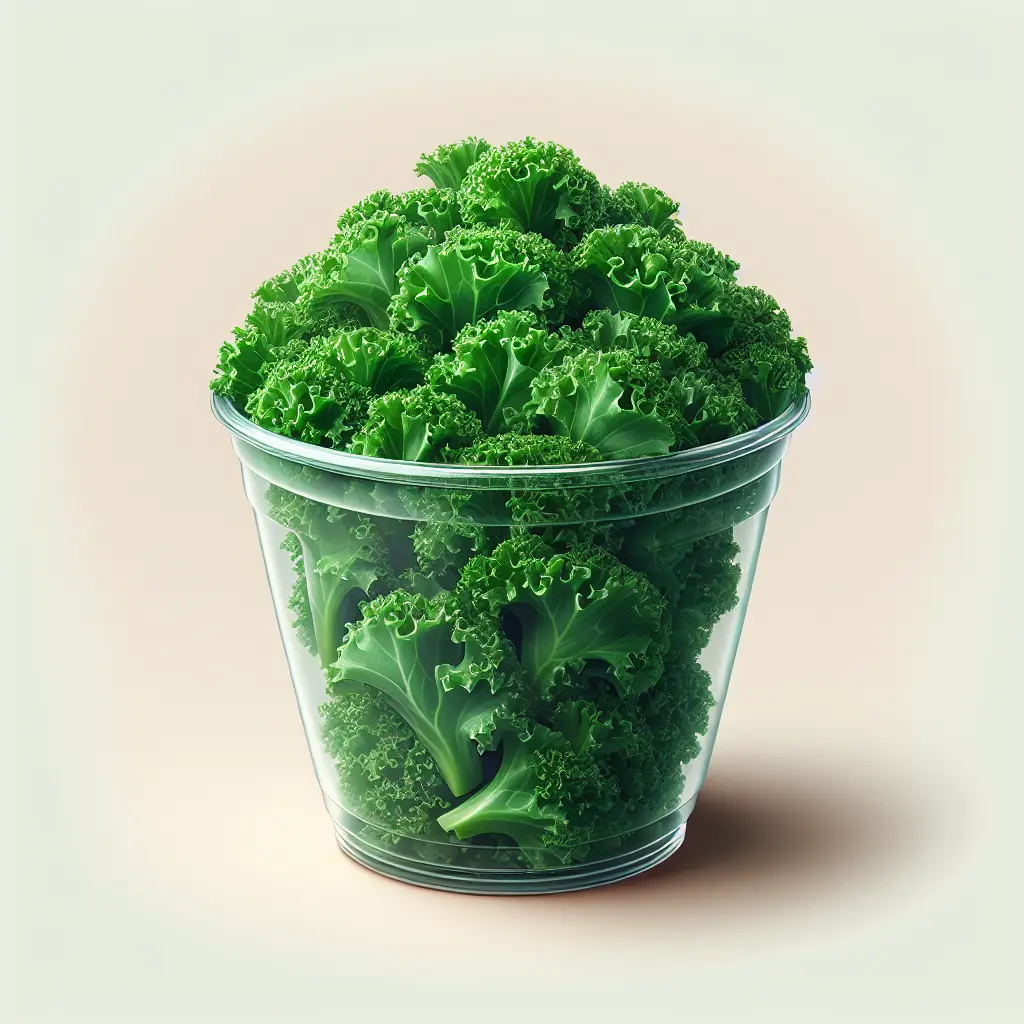Baby Kale: A Nutritional Powerhouse
Baby kale, a tender and flavorful variation of the popular leafy green, is quickly gaining recognition as a nutritional powerhouse. A single cup of chopped baby kale boasts an impressive array of essential vitamins, minerals, and antioxidants, making it an excellent choice for those seeking to enhance their overall well-being.
- Vitamin K: Baby kale is an exceptionally rich source of vitamin K, which plays a vital role in blood clotting, bone health, and cell growth.
- Vitamin C: This essential nutrient is abundant in baby kale, contributing to immune function, collagen production, and antioxidant protection.
- Vitamin A: Baby kale contains high levels of vitamin A, which supports eye health, immune function, and skin integrity.
- Calcium: A crucial mineral for strong bones and teeth, baby kale is a good source of calcium.
- Fiber: Baby kale provides a significant amount of dietary fiber, which promotes digestive health, satiety, and blood sugar control.
- Antioxidants: Baby kale is loaded with antioxidants, including lutein, zeaxanthin, and beta-carotene, which protect against oxidative stress and chronic diseases.
Culinary Versatility of Baby Kale
Beyond its nutritional prowess, baby kale offers culinary versatility that makes it a welcome addition to any kitchen. Its tender leaves and mild flavor allow it to be enjoyed in a variety of preparations:
- Salads: Baby kale makes an excellent base for salads, providing a crisp and nutritious foundation for your favorite toppings.
- Smoothies: Its mild flavor and nutrient density make baby kale an ideal ingredient for nutrient-packed smoothies.
- Soups: Baby kale can be added to soups for added nutrition and flavor, providing a boost of vitamins and minerals.
- Stir-fries: The tender leaves of baby kale can be quickly stir-fried for a healthy and flavorful side dish or addition to main courses.
- Garnishes: Baby kale leaves can be used as a garnish for various dishes, adding a touch of freshness and nutrition.
Growing Baby Kale at Home
Growing baby kale at home is a relatively easy and rewarding endeavor. Here are some key tips:
- Soil: Baby kale prefers well-drained soil that is rich in organic matter.
- Planting: Sow seeds directly into the soil in early spring or fall, spacing them about 6 inches apart.
- Watering: Water regularly, keeping the soil moist but not waterlogged.
- Fertilizing: Fertilize lightly every few weeks with a balanced fertilizer.
- Harvesting: Baby kale can be harvested about 30-45 days after planting, when the leaves are tender and flavorful.
How many calories are in Baby Kale?
Each 1 cup, chopped of Baby Kale contains 36 calories.
Baby Kale Nutritional Information
| Nutrient | Amount per 1 cup, chopped (130g) |
|---|---|
| Calories | 36 Calories |
| Protein | 2.5g |
| Fat | 0.5g |
| Saturated Fat | 0.1g |
| Cholesterol | 0mg |
| Carbohydrates | 7.3g |
| Dietary Fiber | 2.6g |
| Sugar | 1.6g |
| Sodium | 0.03mg |
| Potassium | 0.2964mg |
| Calcium | 0.094mg |
| Iron | 0.0012mg |
